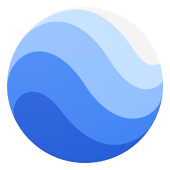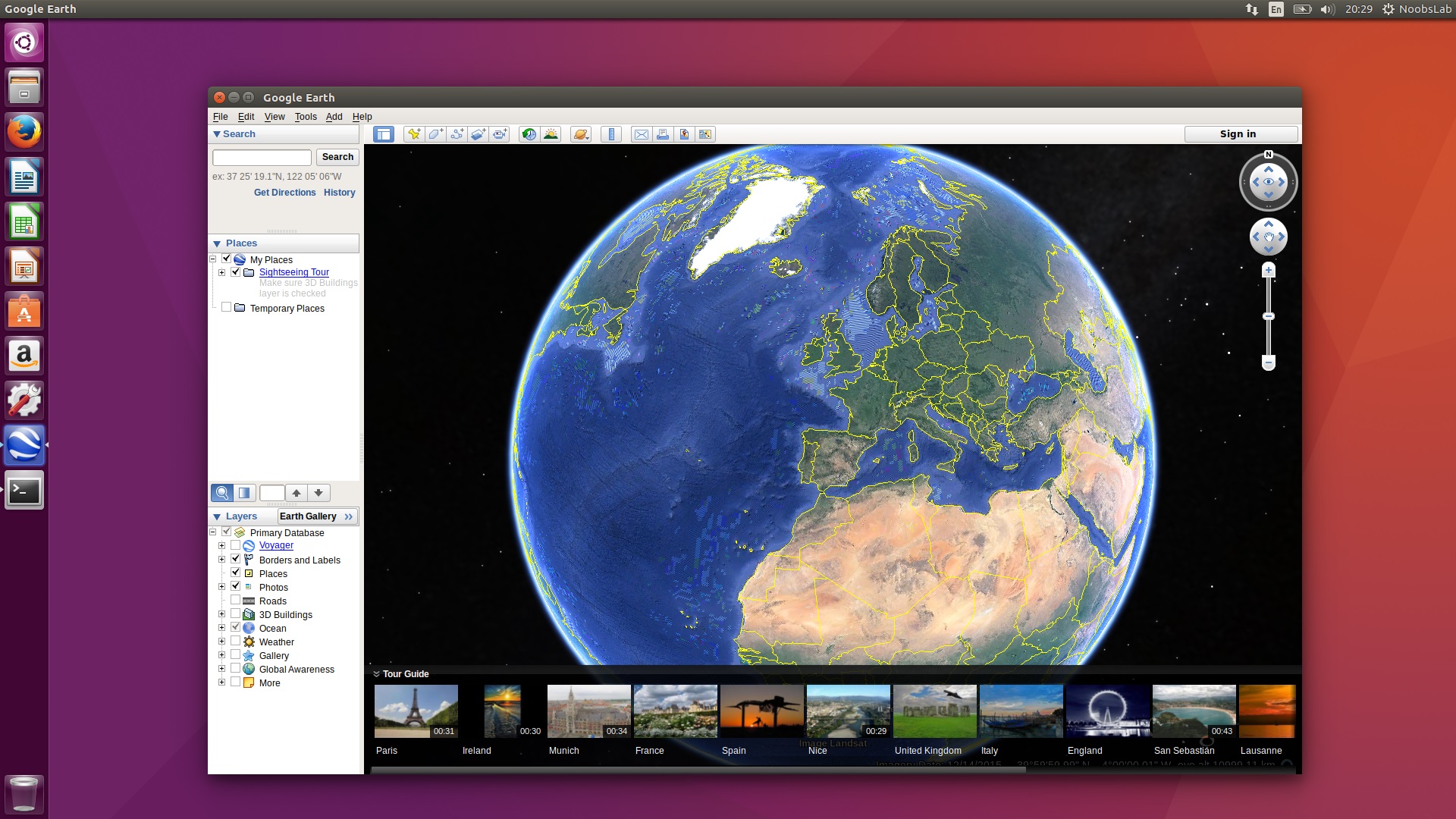
You can’t adjust any type of visual settings so if you zoom too far in on, say, China, you get a million different location names in English and Chinese and you can’t even see the land under all the text. I am terrible at geography and thought this would help me with a class I’m taking but I was mistaken. It’s like they took what they were in the process of developing years ago and just threw it up without even looking at it for a quick review. It takes a lot of disappointment for me to write reviews but this app is just so flat. There are lots of things you can turn on to learn a little more about your world.Not Even Basic App Comforts (2020 iPad Pro)

With some of the other contributors including "National Geographic", NASA, and "Discovery Networks" after turning on these features, or even one of the many other features, you're never far away from many ideas to learn more about your world.
Look at other things on the Earth to learn more about what you don't see or know very well. Also included are "Dead Zone" data where fish tend to die off when they enter these areas. You might want to turn on both the "Explore the Oceans" and "Shipwrecks" options to see incredible imagery of items below the ocean surface. There are several pieces marine biologists may enjoy after they zoom into some oceans enough. View pictures of the Ocean floor after turning on some of the Ocean options. Look at the locations of epicenters to recorded earthquakes by turning on the Earthquake feature in the Gallery drop-down. Turn on the Wikipedia option and you'll see data about the towns you're reading up on. Get traffic data for specific big metropolitan cities (US and Canada) by turning on the Traffic from the "More" drop-down. Utilize subway systems and lines that show where subways lines are by turning on Subway from the Transportation drop down of the "More" drop-down button (click More, then Transportation, then select Subway). Viewers who love Hybrid mode on Google maps or the Hybrid mode on their iPhones or Android devices, may like to turn on the "Roads" aspect which shows you the roadways. 
Look through that list, and see if you can turn on other very useful features that show the world from the eyes of other viewers.

You can turn on YouTube videos when these videos have been placemarked.
Turn on other buttons for additional items to view about the location. You'll be able to see rain and snow and clouds and sleet on this map, just like you were looking at a weather radar on a TV screen weather broadcasting channel. Click the drop-down negative sign and next to Weather and click both the "Radar" and "Clouds" options. Turn on Weather view from the Layers button in the bottom left corner. Utilize the Layers button from the bottom left hand side of the screen.







 0 kommentar(er)
0 kommentar(er)
